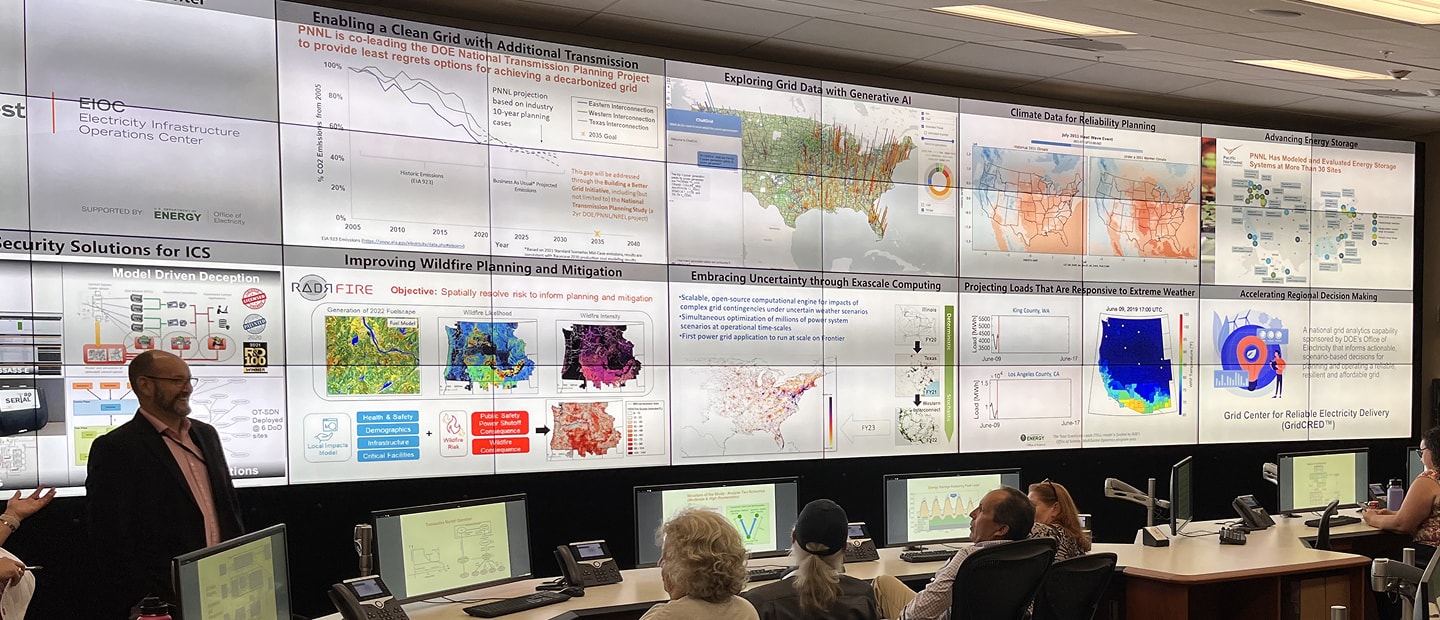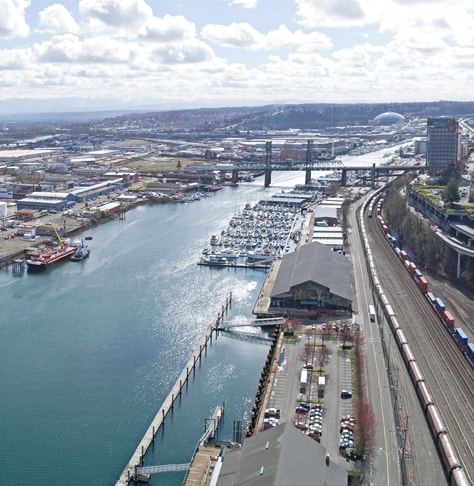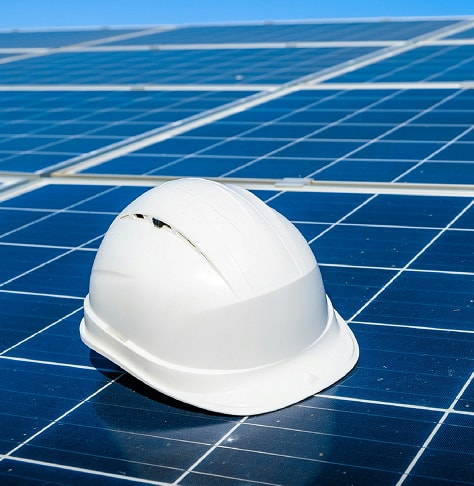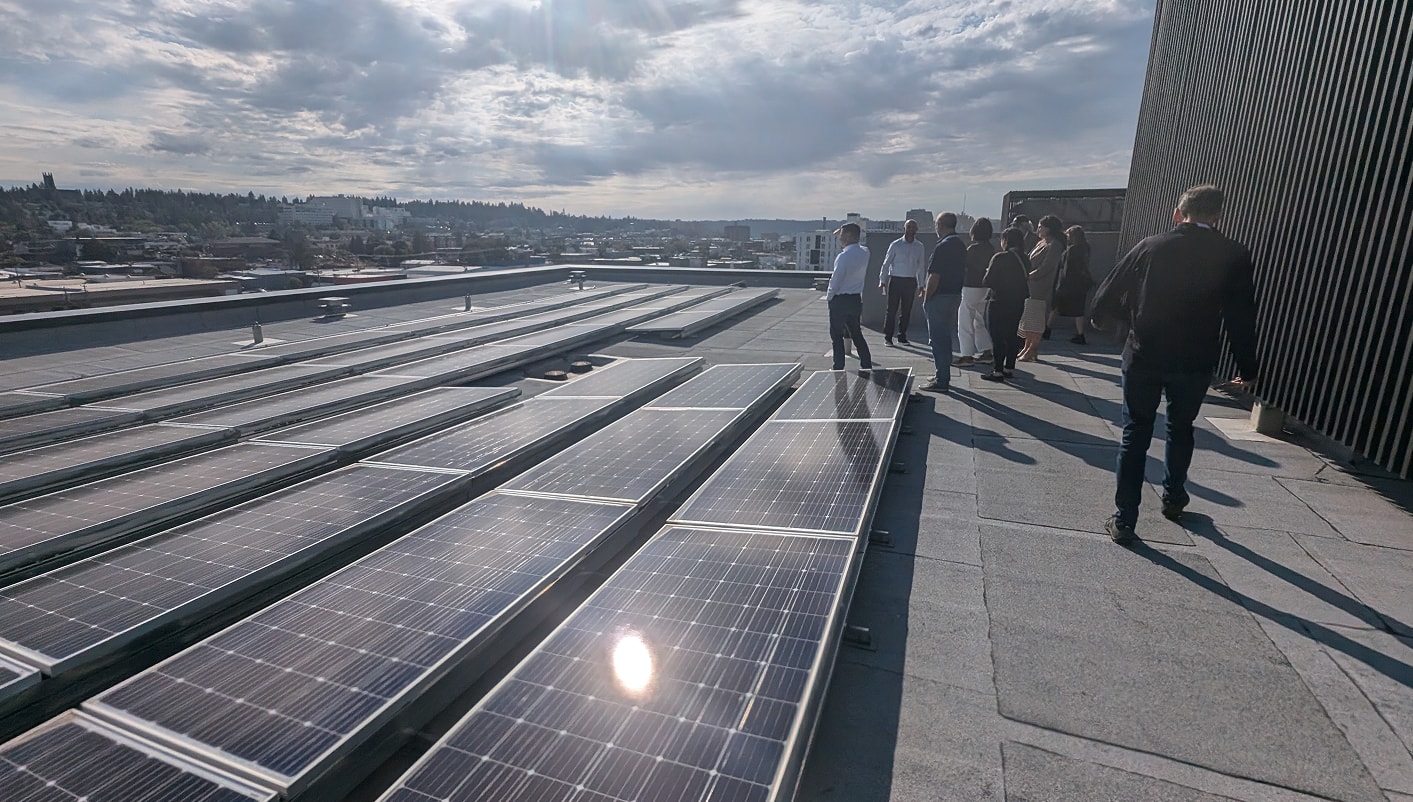Understanding Washington’s Clean Energy Story

Learn how climate policy is driving real change statewide
Clean & Prosperous equips policymakers, businesses, researchers, and communities with accessible data, interactive tools, and in-depth analysis to make complex climate and clean energy strategies transparent and actionable.
Mapping Washington’s climate commitments
Explore our interactive Climate Commitments Map, which visualizes every Climate Commitment Act–funded project across the state. Filter by settings including investment category, county, or community benefit to learn more about where funding is heading and how communities are impacted.


Research and modeling
As a nimble, data-driven organization with deep institutional knowledge and an entrepreneurial spirit, we develop and maintain tailored modeling tools specific to Washington, an uncommon capability among nonprofits. Our work combines expertise in modeling, mapping, governance, and research, with a commitment to updating our assumptions based on real-world outcomes. This enables us to produce actionable insights that reflect both policy complexity and on-the-ground realities. With deep expertise in the Climate Commitment Act, we support effective implementation through credible, usable research.

Washington's Decisive Decade
Washington’s Decisive Decade offers a data-driven roadmap for reducing transportation emissions while improving public health and driving economic growth. The report analyzes seven high-impact transportation strategies—ranging from electrifying ferries and freight trucks to expanding public EV infrastructure. It models the potential climate, air quality, and economic benefits of bold action taken by 2030, helping policymakers, advocates, and industry leaders understand what’s possible and why it matters.

Tracking Washington's Transportation Decarbonization
Building a resilient economy in Washington
This report presents a portfolio of investment opportunities designed to strengthen Washington’s economy while advancing the state’s climate and clean energy goals. Drawing on extensive modeling and stakeholder input, it outlines strategies that can reduce emissions, boost long-term job growth, and improve health outcomes—especially in communities most affected by pollution and economic disruption.

Projected Impact:
Clean investments = job growth: Investing in clean transportation, forest conservation and ecosystem restoration, clean energy, water and energy efficiency, low carbon agriculture, and sustainable industry supports over ten jobs per million dollars invested.

Community Health and Climate Benefit: These investments work to improve the state’s energy security by reducing the drain on the local economy from importing fossil fuels while removing damaging pollutants from the air we breathe. The results are particularly accentuated by the projected impact of the Wildfire Prevention and Preparedness Program, which avoids over $12 million in health and climate damages for every million dollars spent.
Supporting Studies:
-
- Clean Energy As Economic Development: An Analysis Of The Greenhouse Gas Reduction Fund
Energy Innovation, May 2025An average of 36,000 to 41,000 more jobs annually compared to current policies (9,500-10,800 manufacturing jobs and 7,700-8,800 construction jobs)…An additional $21.3 to $23.9 billion in wages earned between 2025 and 2031…Consumer energy cost savings of $52 billion over the next 20 years…Enough power from new solar projects to power up to 2.2 million homes each year.
- How Repealing The Inflation Reduction Act Would Harm The Economy
Energy Innovation, December 2024Fully repealing the IRA would by 2035 decrease GDP by $250 billion, result in 1.3 million fewer jobs, and burden households with $35 billion in increased spending on energy, or $240 per household. Repealing the IRA would reverse the positive economic stimulus the law is already generating, which includes over $520 billion in new clean investment and more than 334,000 new jobs created in the two years since the law’s passage.
- Do Environmental Regulations Cost as Much as We Think They Do?
Smart Prosperity Institute, December 2018Moreover, a review of the existing literature highlights the large net benefits (benefits significantly outweighing costs) of environmental regulations in most cases. The costs of regulations are more than offset by a broad range of economic, health, greenhouse gas (GHG) and other benefits.
- Trump White House quietly issues report vindicating Obama regulations
March 2018OMB gathered data and analysis on “major” federal regulations (those with $100 million or more in economic impact) between 2006 and 2016, a period that includes all of Obama’s administration, stopping just short of Trump’s. The final tally, reported in 2001 dollars: Aggregate benefits: $219 to $695 billion Aggregate costs: $59 to $88 billion.. By even the most conservative estimate, the benefits of Obama’s regulations wildly outweighed the costs.
- The Second Half Of The Decisive Decade: Potential U.S. Pathways On Climate, Jobs, And Health
Energy Innovation, August 2024Our model finds the Continued Climate Leadership scenario creates more jobs, increases GDP, improves public health, and generates more household energy savings compared to the suite of Project 2025 policies.
- Top State Policies To Cut Carbon Emissions
Energy Innovation, February 2023This research uses the new state Energy Policy Simulators (EPS) to model climate policies across six states with vastly different emissions profiles, including Louisiana, Michigan, Minnesota, New Mexico, Pennsylvania, and Wisconsin, and finds just five policies can dramatically cut state greenhouse gas emissions, create anywhere from 13,000 to 118,000 jobs, and prevent between 90 and 3,800 asthma attacks annually in 2030.
- From Risk to Return Investing in a Clean Energy Economy
Risky Business Project, 2016ICF found that at the national level, GDP would increase by 0.6 percent above reference case levels in both 2030 and 2050 (by $157 billion and $199 billion respectively). The REMI model projected that employment would increase by 0.5 percent in 2030 and 0.4 percent in 2050.
- Clean Energy As Economic Development: An Analysis Of The Greenhouse Gas Reduction Fund
Analyzing the economic impact of the Climate Commitment Act
A report from Greenline Insights, commissioned by Clean & Prosperous, provides the first comprehensive economic analysis of Washington’s Climate Commitment Act. The findings show that the Climate Commitment Act is not only driving historic investments in clean energy, transportation, and public health; it’s also delivering a powerful return for Washington’s economy. As the state reinvests carbon auction revenue through CCA programs, the ripple effects are projected to create tens of thousands of jobs and billions in economic activity.

Key Findings:
- 45,000 jobs projected to be created across Washington with sustained CCA investments through 2031.
- $9.1 billion in economic output, growing to more than $51 billion when you factor in potential federal, state, local, and private capital.
- Jobs created by the Climate Commitment Act offer $91,000 per year in average employee compensation, which is 9% higher than the state median.
Browse our complete research library
Explore Clean & Prosperous’ expansive collection of research and reports







